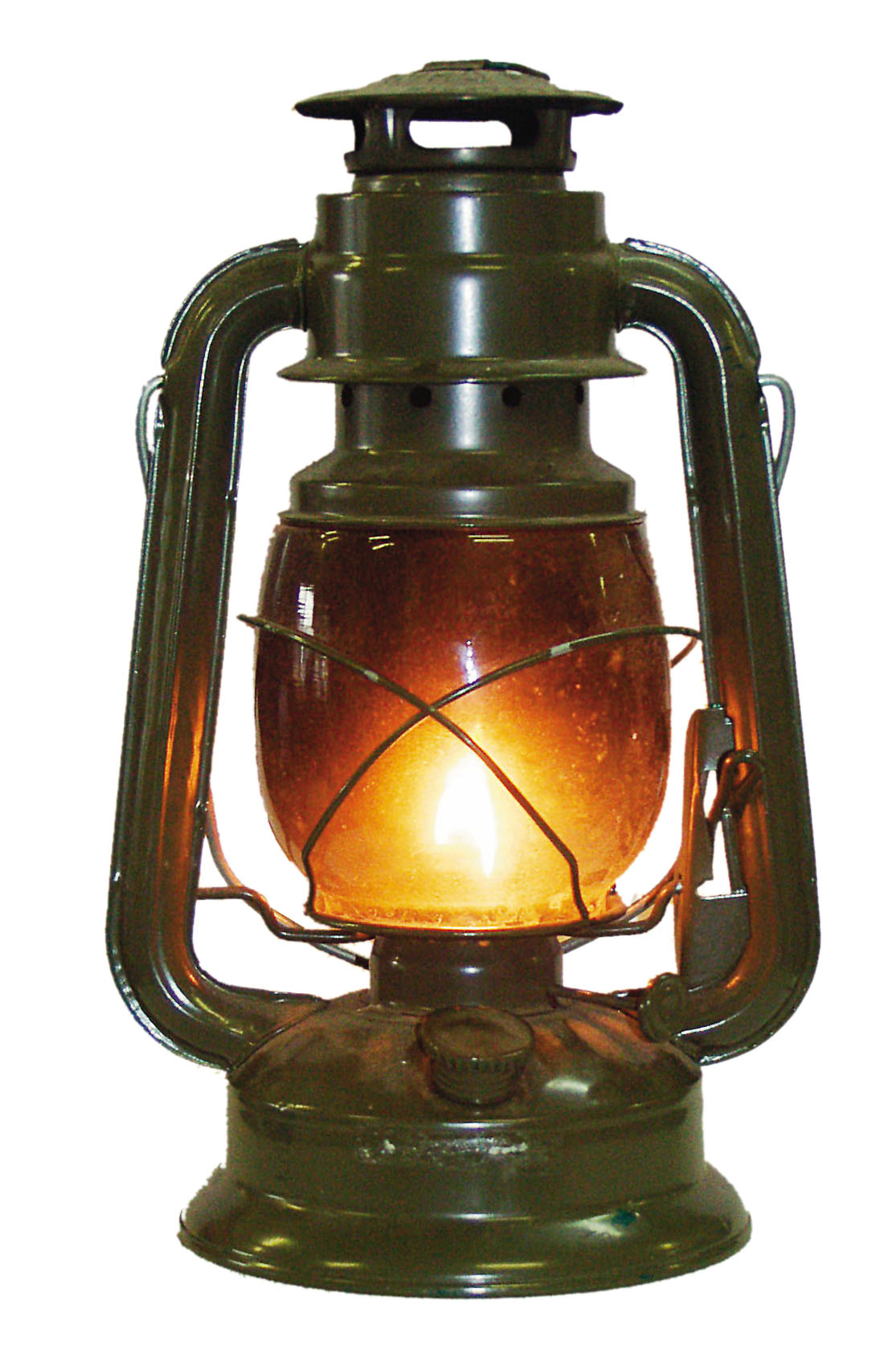When sorting out how much light you need start by factoring in where you are camping. Older campsites will have the advantage of higher tree coverage. This is helpful during the day as it will provide shade the hot. At night though this becomes a disadvantage as the moonlight coming in will be reduced. Professional campsites normally have some sort of bright permanent lights around outhouses and bathroom areas. This will allow you to get away with a smaller pocket size flashlight for when you need to run to the bathroom. Remember that unlike at home this will require you to find a flashlight, unzip your tent, get outside your tent, run out of your tent, zip your tent back up, and then walk to the nearest facilities.
Variety of lighting is important as well. Different uses lead to different light requirements. When going to events in a group on the opposite side of the campground or preparing midnight snacks a large lantern is the best option as it will let you see further away. At night you will want a small flashlight in your pajamas pocket to be at the ready with a light to deal with the calls of nature calls.
Your lamps can be run on your own power (crank lanterns), run on batteries, kerosene, or propane. For propane or kerosene lanterns be sure to have some extra mantles on hand if any of your lanterns need them.
Lighting is important don’t underestimate its value, especially if there are children in your party. Children should have their own camping flashlights. What child doesn’t remember playing camping games in their tent late at night by the glow of a lantern or flashlight? Kids also enjoy chemical glow sticks.
Finally if you haven’t been camping since the mid-2000s make sure that you upgrade your battery-powered flashlights and lanterns from the older krypton and fluorescent light bulb models to modern LED products. They offer many advantages including increased brightness, more compact design, lighter weight, lower battery requirements, and longer battery life. LEDs also offer many new configuration options that just were not possible with the older technology. LED technology can offer multiple smaller bulbs with different placement or COB (circuit on board) LED strips that can spread out the light in ways that krypton bulbs could never do.


